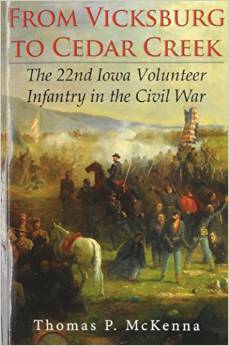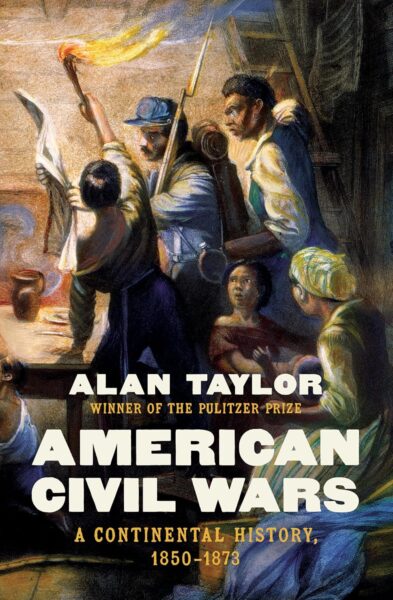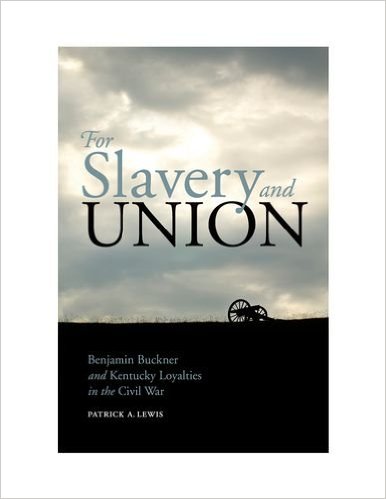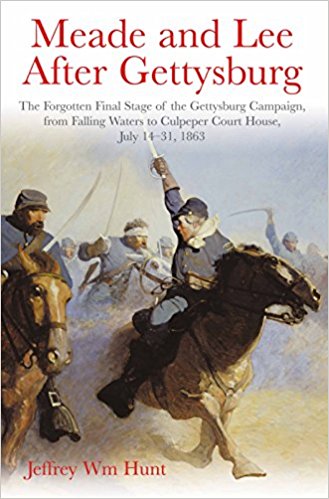From Vicksburg to Cedar Creek: The 22nd Iowa Volunteer Infantry in the Civil War by Thomas P. McKenna. Camp Pope Publishing, 2014. Paper, ISBN: 978-1929919550. $18.95.
 The 22nd Iowa was an extraordinary unit. Organized in the summer and fall of 1862 in Iowa City, the regiment served along the Mississippi River, most notably during the siege of Vicksburg during the summer of 1863, before being transferred to the Eastern Theater. Attached to the Army of the Shenandoah under General Philip Sheridan, the men from Iowa fought heroically at battles such as Opequon and Cedar Creek. Mustering out in Savannah, Georgia, the men from Iowa returned home after travelling over 13,000 miles and serving in ten of the eleven Confederate states. Within the broader war narrative, Thomas P. McKenna could not have chosen a more interesting regiment to write about in terms of the breadth of wartime experiences for men from the Hawkeye state.
The 22nd Iowa was an extraordinary unit. Organized in the summer and fall of 1862 in Iowa City, the regiment served along the Mississippi River, most notably during the siege of Vicksburg during the summer of 1863, before being transferred to the Eastern Theater. Attached to the Army of the Shenandoah under General Philip Sheridan, the men from Iowa fought heroically at battles such as Opequon and Cedar Creek. Mustering out in Savannah, Georgia, the men from Iowa returned home after travelling over 13,000 miles and serving in ten of the eleven Confederate states. Within the broader war narrative, Thomas P. McKenna could not have chosen a more interesting regiment to write about in terms of the breadth of wartime experiences for men from the Hawkeye state.
Regimental histories can provide important insight to the nuanced and multifaceted experiences of Civil War soldiers. Studies such as Richard Moe’s The Last Full Measure: The Life and Death of the First Minnesota, G. Ward Hubbs’s, Guarding Greensboro: A Confederate Company in the Making of a Southern Community, and Lesley J. Gordon’s A Broken Regiment: The 16th Connecticut’s Civil War are excellent examples of the ways that historians can meld social and military history while contextualizing the experiences of soldiers and their regiments within the broader narrative of the Civil War. If done correctly, too, regimental histories can tell a good story, making them appealing to academics and history buffs alike. Given the subject matter, McKenna seemingly had the opportunity to the write a fascinating study. Yet the end result is a rather disappointing and disjointed overview of the service of the 22nd Iowa, which simply places the experiences of the regiment within a broader (and often vague) military analysis of campaigns between 1863-1865.
The problems in this study stem, first and foremost, from the author’s methodology and approach. In the history of a volunteer regiment, the author must provide some deeper insight to the organization of the unit. A single page is dedicated to what was, in reality, a very complex process for most Civil War military organizations. The 22nd Iowa organized in the summer and fall of 1862, during a period when questions surrounding the war, war aims, and volunteering were beginning to emerge in some northern communities. It would have been interesting and useful, for example, had McKenna provided any evidence of the politics of recruiting. He does mention, briefly, the geographical origins of the some of the companies, but it would have been relatively easy to go one step further and provide a more coherent breakdown of the volunteers, who they were, and where they were from—such insight might provide a useful and logical basis from which this study could proceed. Certainly the records are available. The author cites National Archives Record Group 94, which typically contains regimental muster and descriptive rolls; these may have been incredibly useful in expanding the analysis of the organization of the 22nd Iowa.
The discussion of the unit’s service is interesting, though too often the narrative is interspersed with discussions and accounts that seem completely out of place. For example, during the discussion of the assaults on Vicksburg, McKenna discusses “one of the bravest men who made the May 22nd attacks . . . Sargent Thomas J. Higgins.” Rushing the Confederate lines, the brave soldier “stumbled over their [his comrades] bodies but continued onward, through the bullets and smoke . . . [he] . . . never faltered and the Confederate soldiers suddenly ceased firing at him. They apparently agreed by mutual consent that a man so brave should not be shot down” (90). While this is certainly a fascinating account of individual bravery in the face of the enemy, Higgins was a soldier in the 99th Illinois, not the 22nd Iowa, and it is unclear how this account contributes to the analysis of the wartime experiences of the men from Iowa. This occurs time and again through the book as the author loses focus on his regiment in favor of anecdotes and other unnecessary accounts. Ultimately, From Vicksburg to Cedar Creek would have benefitted from more focused analysis of military events as they pertained to the 22nd Iowa.
McKenna approaches his analysis of battles and campaigns from the top-down, placing the men from this regiment within the broader metanarrative of the war. While this is a useful tool for contextualizing the “bigger picture” of the war, perhaps a greater focus could have been placed upon the soldiers and civilians connected to the regiment. For example, it would have been fascinating to see the reaction on the Iowa home front to the fall of Vicksburg and the service and sacrifice of their men. Because Civil War regiments were so intimately connected to those at home, intertwining the narratives of the military and home front may have allowed for McKenna to develop a much more nuanced narrative.
These flaws detract from what otherwise could have been a significant contribution on the study of Civil War soldiers and their regiments. It is clear that the field of Civil War history has, in recent years, progressed beyond simplistic overviews of military service to encompass a complex analysis of the intersection of social and military history. This should be reflected to some degree in any new study, less we denigrate the experiences of soldiers and the ways in which they understood the war and their service.
Ryan W. Keating is Assistant Professor of History at California State University, San Bernardino.




